Protect Your Metal Detector
Protect your metal detector. Detectors often get disappointed when their new detector slowly becomes less and less responsive and appears to have lost some of its original peak performance. You can help prevent this from happening to your detector by following these basic care and protection tips:
Important instructions to maintain the metal detector in the best possible way:
- Operate your detector exactly as recommended in the dedicated instruction manual.
- Use only high quality alkaline batteries with the correct voltage. Never substitute a different voltage. When using a Ni-Cad battery, always use a separate switchable package with the appropriate voltage output for the detector design.
- Remove the battery from the detector after each use, this will prevent damage to the detector in case the battery is leaking.
- The search-coil cable is connected to the search coil and protected by a strain relief.
- Check the pressure reducer frequently to make sure it is securely and properly installed.
- Keep cables properly wrapped around shaft stems and protect them during use. Flexible, compressed, or otherwise damaged cables may be shorted during use, causing erratic noise or unnecessary replacement of the search coil.
- Scan the search coil carefully, especially when using it around rocks and building foundations. Avoid hitting the search coil on hard objects and hard surfaces.
- Keep the search coil slightly off the ground while scanning, especially when using it on gravel or hard rocky dirt.
- Always use a properly designed protective cover on the search coil.
- Remove and clean the wear covers periodically to avoid the build-up of metallic dirt particles that will affect performance.
- The search coil is waterproof and can be submerged in fresh or salt water. After using the search coil in salt water, rinse it and assemble the bottom thoroughly with fresh water to prevent corrosion of the metal parts.
- The search coil is waterproof but the electronics are not, so always take care to prevent any moisture or water from entering the control housing and never allow the cable connectors to be submerged in water.
- If you are working in or near water, or if rain is likely, use a protective weather-resistant bag or plastic bag to cover the control cap. Make sure it can “breathe” in order to ensure that no condensation builds up inside.
- After each use, clean the detector with a soft cloth to remove dust, moisture or other contaminants.
- When transporting the detector in a car during hot weather, store it on the passenger compartment floor if possible. Using a carrying case provides additional protection. In any case, do not allow the detector to roll unprotected in the trunk or behind the car.
- Protect your detector from dust, moisture and temperature extremes while in storage.
- When shipping, use original factory carton or similar sturdy container and provide at least 1 inch of padding around all parts.
- Treat your detector as you would any sensitive electronic instrument. Although it is durably constructed and built to withstand the demands of an ordinary treasure hunt, proper care is essential.
Periodic maintenance
Unlike planned maintenance, which is tied to a fixed schedule, preventative maintenance involves continuous checks to ensure that the equipment is not affected by anything that might compromise its efficiency now or in the long run.
More importantly, preventative maintenance is not just a series of tasks that you perform on the machine; It’s also about how you behave around it, one example being moisture, which is the biggest source of metal detector problems in processing plants.
“Moisture is constantly being introduced into the treatment rooms, whether it is from the sewage, the product, or as a result of work on the product. Moisture damages not only mechanical components, but also electrical systems, and unfortunately it cannot be completely avoided,” Fuller says.
In this case, an aspect of preventative maintenance may include checking that the metal detector is well lubricated, free of rust or other water damage, and that all rubber gaskets protecting electrical components are in good condition.
However, the indirect aspect of it is how to conduct sewage near the device. So a good preventative maintenance measure is to “cover the machine while sewage or not washing in that area in the same manner to avoid splashing, or, if possible, remove electrical equipment from the treatment room completely”.
Another example of such an indirect approach to the preventive maintenance of metal detectors is the attitude of operators to their daily use. “As a worker, you have to have the mindset to be gentle on the machine to prevent corrosion, and this is often lost in processing plants,” says one expert in the field of metal detection. “When it’s more difficult on a device than recommended by the manufacturer, you can shorten its lifespan.
Protection Guidelines
Often detectorists are disappointed when their new detector slowly becomes less and less responsive and seems to have lost some of its original peak performance. You can help avoid this from happening to your detector
Operate your detector exactly as recommended in this Operator Instruction Manual.use only high-quality alkaline batteries of the correct voltage. Never substitute a different voltage. When using a Ni-Cad battery, always use a separate convertible pack with the proper voltage output for the detector’s design.
Remove the battery from the detector after each use. This will prevent damage to the detector if the battery leaks.The search coil cable is hard-wired to the search coil and protected by a strain relief. Inspect the strain relief frequently to make sure it is firmly attached and intact.
Keep cables properly wound around the pole stems and protect them during use. Floppy, pinched, or cables that become snagged during use may short, causing erratic noises or unnecessary replacement of the search coil.Sweep the search coil carefully, especially when using around rocks and building foundations. Avoid hitting the search coil against hard, solid objects and surfaces.
Keep your search coil slightly off of the ground during the sweep, especially when using in gravel or hard, rocky dirt. always use a properly designed protective scuff cover on the search coil.remove and clean out scuff covers periodically to avoid buildup of mineralized dirt particles which will affect performance.
The searchcoil is waterproof and can be submerged in either fresh or salt water. After the search coil is used in salt water, rinse it and the lower stem assembly well with fresh water to prevent corrosion of the metal parts.the search coil is waterproof but the electronics are not, so always prevent any moisture or water from entering the control housing and never allow the cable connectors to become submerged in water.
If working in or near water, or if there is a possibility of rain, use a protective weather resistant pouch or plastic bag to cover the control housing. Make sure it can “breathe” in order to ensure against condensation buildup inside.after each use, clean the detector with a soft cloth to remove dust, moisture, or other contaminants.
When transporting the detector in a car during hot weather, store it on the floor of the passenger compartment if possible. Using a carry bag gives additional protection. In any case, never allow the detector to roll around unprotected in the trunk or back of a pickup truck.protect your detector from dust, moisture, and extreme temperatures during storage.
When shipping, use the original factory carton or similar heavy-duty container and provide a minimum one inch of padding around all parts.treat your detector as you would any sensitive electronic instrument. Though ruggedly constructed and designed to withstand the demands of normal treasure hunting, proper care is essential.
In the end, we find that maintenance and follow-up periodically for metal detectors are the most important procedures that every prospector and explorer must follow to preserve the metal detector from damage and protect the device to benefit from it for the longest possible period of time.

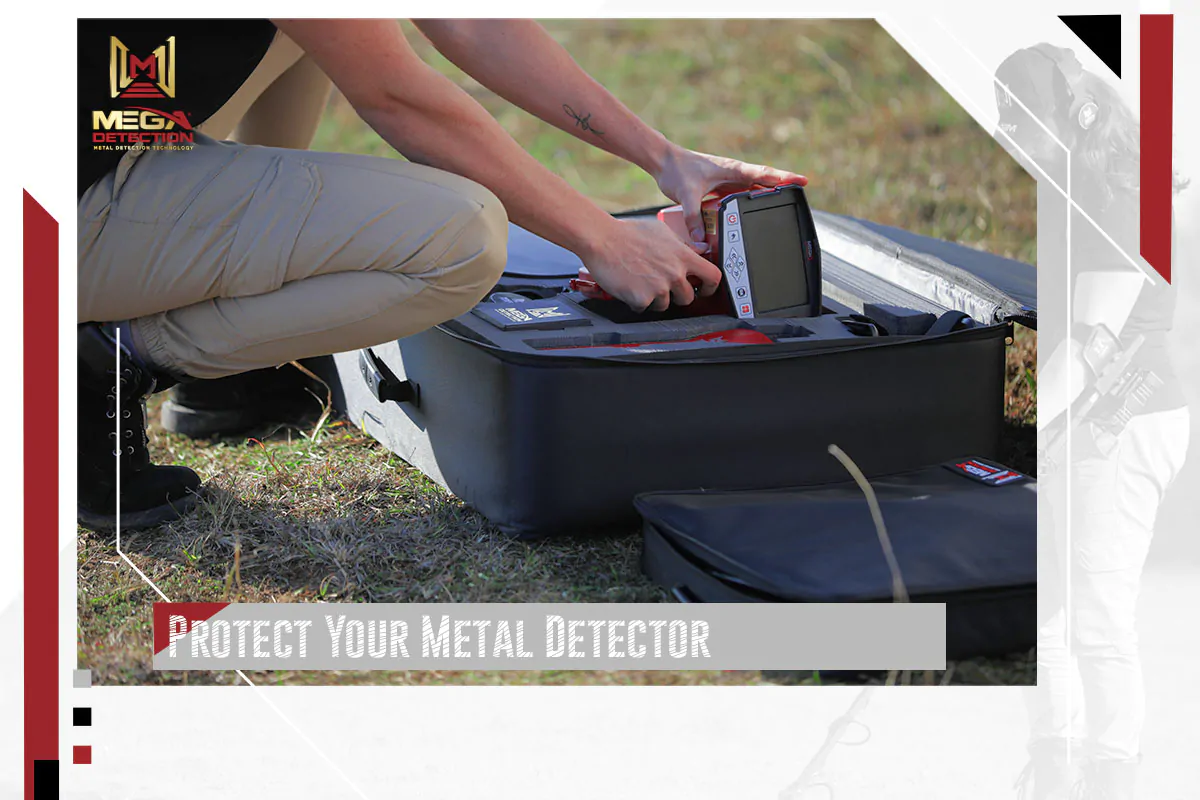

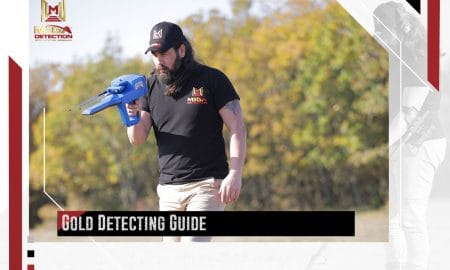


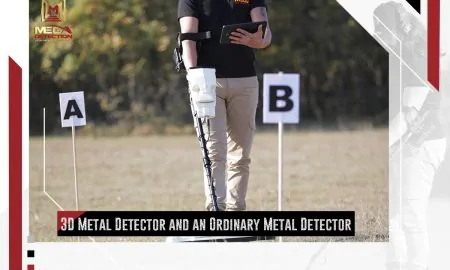

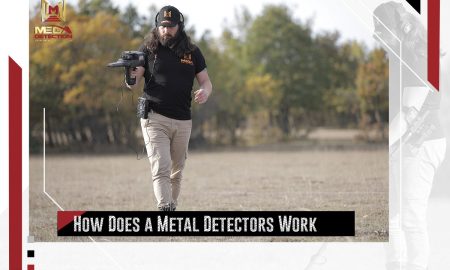

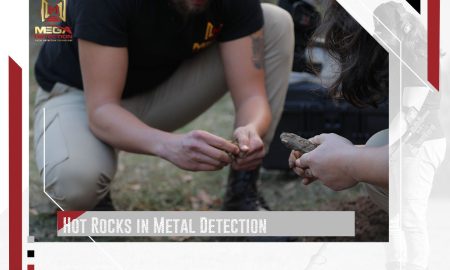
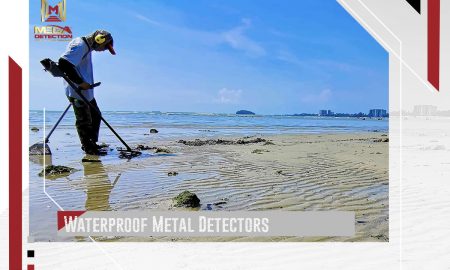
Comment (1)
[…] Protect your metal detector. Detectors often get disappointed when their new detector slowly becomes less and less responsive and appea […]